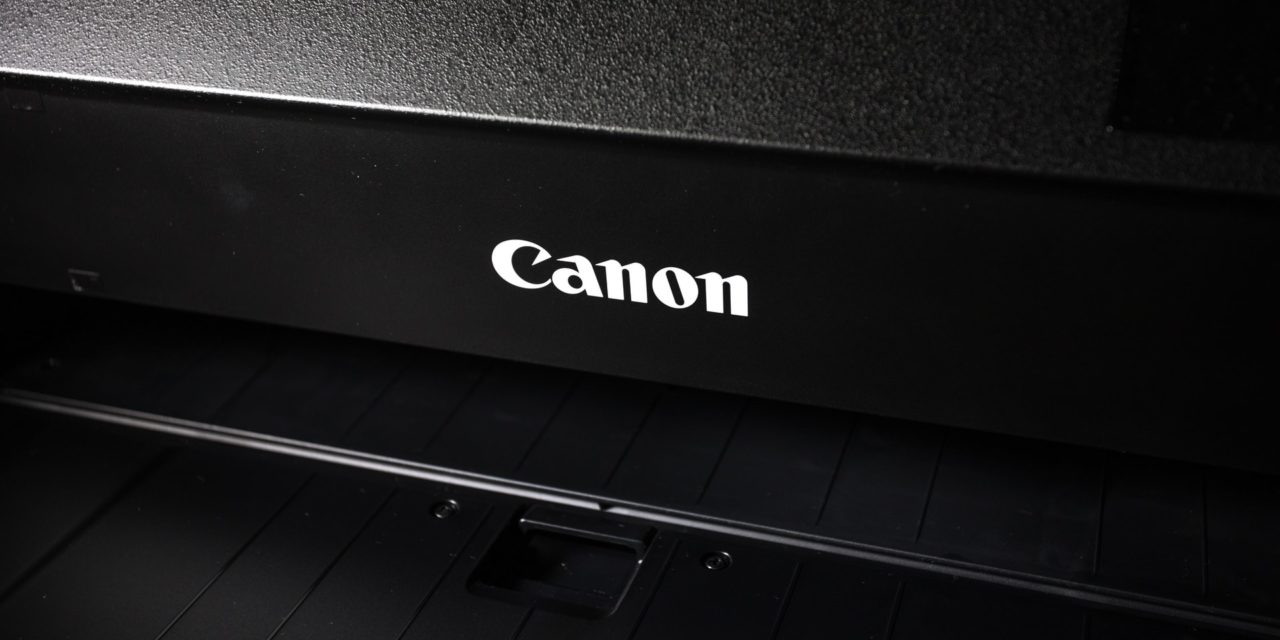Every product designer has a lot of solid product designs in mind. They can turn those designs into products but they are not sure whether they will be a success or failure. Therefore, they find it hard to explain the design to their clients, investors and workers. And this is where rapid prototyping comes to your rescue. With this process, you can build prototypes that feature the same design and functionality as the actual product. Let's find out more.
Introduction to Rapid Prototyping
In the product design process, this approach starts with your idea or design concept. The next move is to have a digital form of the design. And the final stage involving building the actual model of the product.
Actually, the idea is to boost the prototype development to show the actual product design. The technique depends upon 3D CAD for the purpose of creating a layout. Normally, it makes use of 3D printers to create the prototype. The only difference is the durability of the prototype and that of the actual, final product.
Benefits
Demonstration: With RP, both engineers and designers can show their design ideas to their clients, investors and co-workers. Now, it's a lot more convenient to spell out the concepts and find out if the design needs to be modified.
Higher Efficiency: In the absence of RP, it used to take ages to see the model of the product to be built. Moreover, prototypes were expensive to make. However, with this technology, you can save a lot of money, effort and time as one machine can be used to make a variety of prototypes.
Custom Designs: Rapid prototyping can help you make custom models based on the needs of customers. Before the advent of RP, it was harder to produce small parts.
Easy Marketing: Now, rapid prototyping has made it easier and faster to market their products as making changes to the designs is a piece of cake.
Uses
Prototyping based on concepts: If you need to generate a lot of ideas quickly, your ideal solution is to opt for prototyping. With this process, engineers and designers can demonstrate their designs and test whether the product works well or not.
Since the turnaround is quite quick, it's a great idea to opt for 3D printers as far as concept modeling is concerned.
Functional Models: With the help of functional models, experts can find out how a product part will work when there is a lot of stress in the field. In other words, functional prototyping allows you to check out the functionality of the product ahead of the time.
Based on the final product, this prototype is printed using a 3D printer. Plus, many types of engineering plastics are used for testing the model.
With rapid prototyping, experts can keep on enhancing products and fixing issues during the process of prototype design. Also, these innovative techniques help makers introduce more and more innovative products in a cost-effective manner.
So, this is the role of rapid prototyping in the field of product development.

